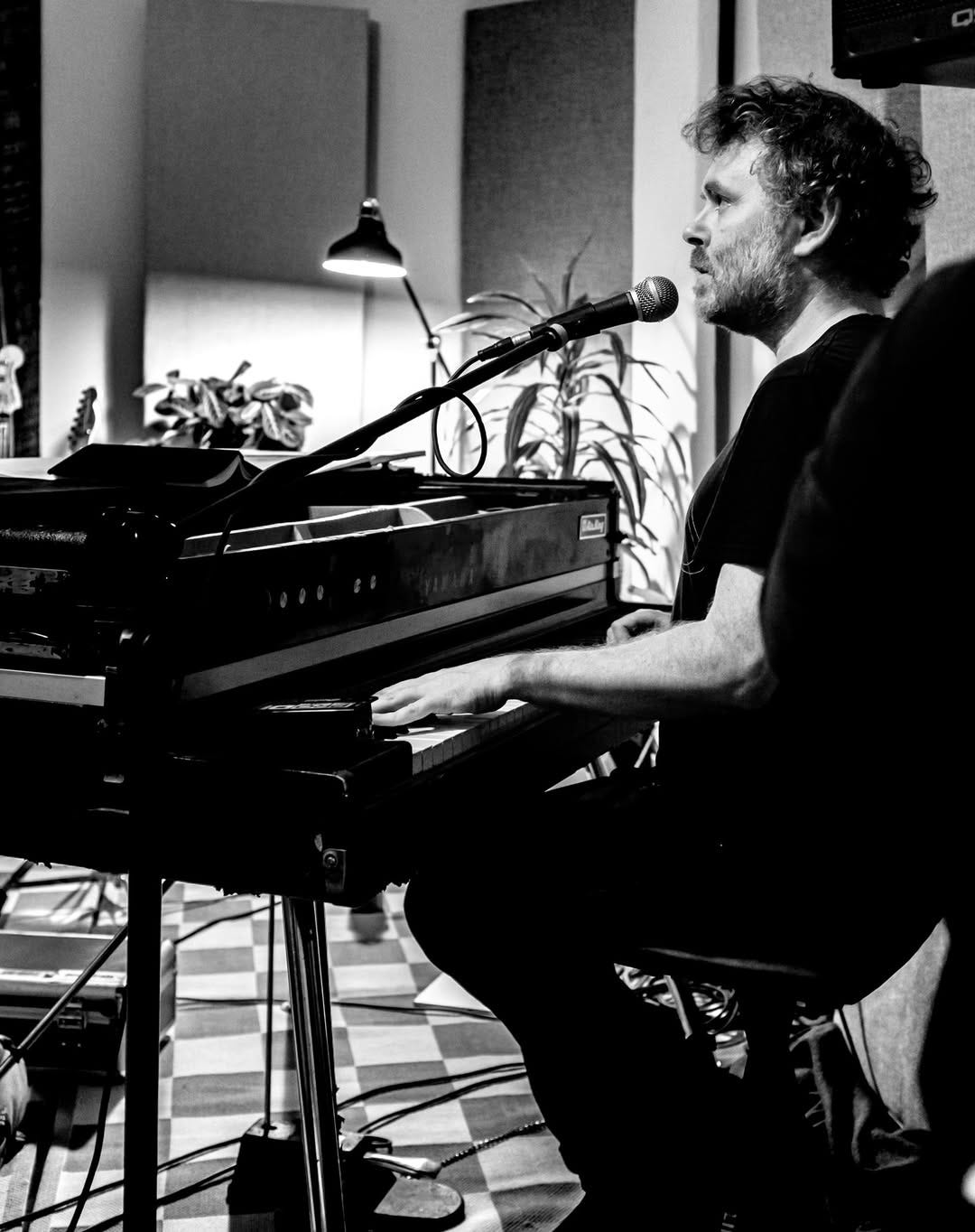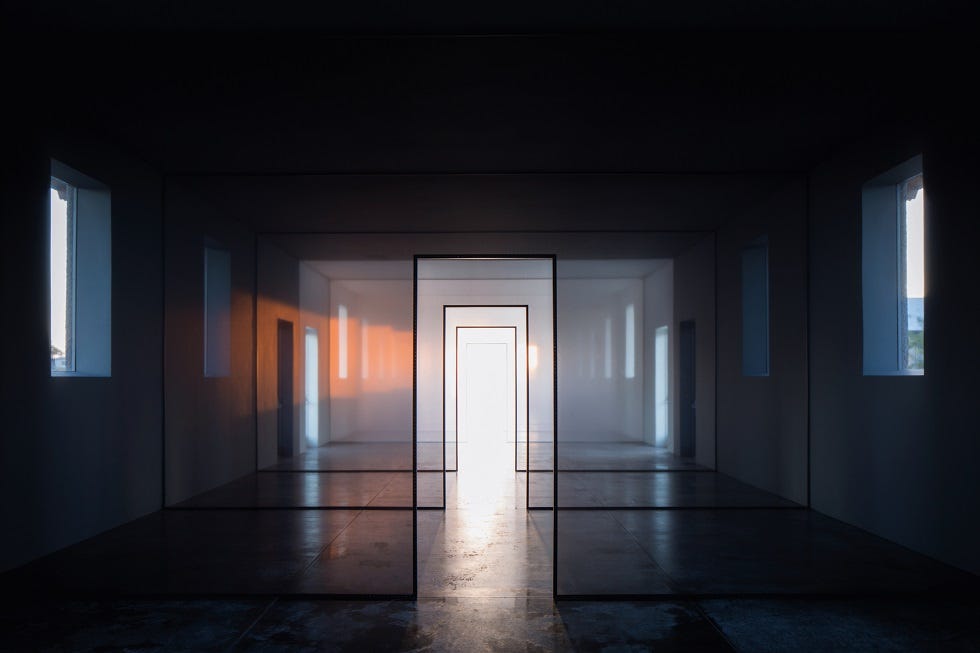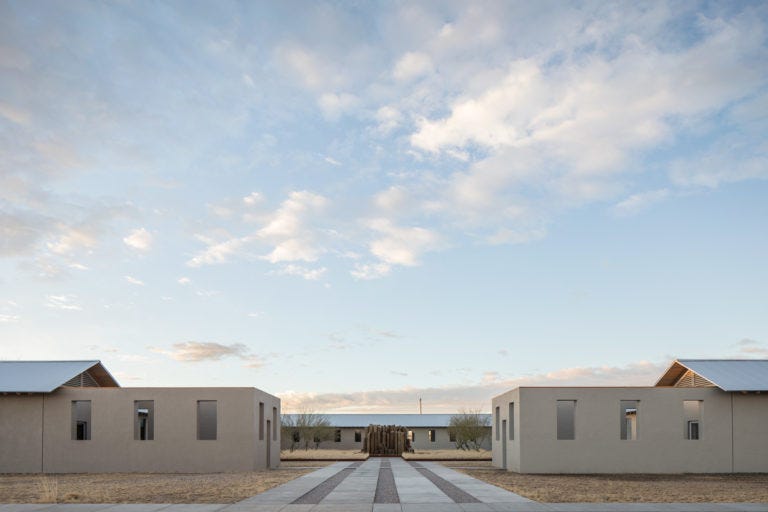I.
A few weeks ago, I played a house concert in a handsome loft space on the second floor of a row house in the Woodlawn neighborhood of Portland, Oregon, less than a mile from where I live. Roughly fifty people turned up, which made for an experience that was cozy without being claustrophobic. The atmosphere was convivial, with a little bar set up near the entrance, while an unusually friendly tabby cat named Nori held court in the “green room,” a.k.a. the apartment across the hall. Amidst a good deal of reclaimed wood (it’s Portland), the audience was arranged in an L-shape, the ascender reaching to the entrance of the loft, which, though airy and open thanks to its vaulted ceilings, was shallow enough that I could make eye contact with those sitting in the back row. I knew fewer than half of the folks in the audience, but by the end of the evening, I’d talked to virtually everyone in attendance.
After several years devoted primarily to concert music and collaborative work, I’ve been getting back to first principles: writing songs. And so, of the dozen and a half tunes I played over two sets that night, seven were brand new; a few of them I’d just finished that morning. All of them were in some sense works in progress, loaves of bread wrenched from the oven prematurely, their insides gooey and raw. Unsurprisingly, it was not the most polished performance. Here and there I stumbled over a word, flubbed a chord, misjudged a melody, or vamped until the line I was supposed to sing next presented itself to my brain. But it didn’t seem to matter. The unspoken understanding was that we’d convened a little town meeting; what was of greatest concern was presence: physical, attentional, spiritual.
In a room that small, critical feedback arrived with startling immediacy. On a few occasions, a lyric induced an audible response. From verse to verse, I redirected my attention to different parts of the room, sometimes sending a line toward the closed eyes of a stranger, at other times seeking out the face of a friend/neighbor I’ve known for years. I felt like a tennis player placing a series of forehands, not only because I was choosing where to send my energy, but because I was engaged in a volley with the audience: no sooner had I let loose an emotional current that I found it returned to me, transformed, the audience’s generosity of spirit replenishing my own coffers.
Reader, I had a gay old time. If nothing else, playing that gig gave me a sense of purpose at a time when focus has been in short supply. When I came home, elated, my wife said, lovingly, “you remind me right now of the ‘you’ who used to do this all the time — who played shows, connected with audiences, with a community.” And then, with a whiff of minor tragedy, she added: “you need to leave the house more.” Fair enough. My life here in Portland is magnitudes smaller than it was before we had kids; before we moved 2500 miles away from the artistic and social village that nurtured me over nearly two decades in Brooklyn; before the pandemic, a sudden cross-country move, and the vagaries of the music business shifted the mechanics of my career.
II.
For years, I toured and toured and (molto ritardando) I toured. Traveling by rental car or bus, I fell hard for the rituals: the dumb allure of a budget hotel waffle station, the kismet of a stumbled upon coffeeshop or sandwich counter hours before soundcheck, the wet paper smell in the bowels of a vaudeville theater, the heartswell before cantering on stage into a swirl of light. Later, a crush of bodies at the merch table, and you, double-fisting sharpie and beer, slowing down to clock the gratitude of a fan thrilled to shake your hand. And then: post-show tacos and cocktails, the thrum of the bus as you fall asleep in your bunk, the thin squiggle of light beyond its curtain like some bioluminescent algae. Finally, the coffin dark of 3am, eyes wide as you imagine the driver up front, surveying the endless highway.
In those days, I’d play four or five shows in a week, sometimes six. With that many shots at the same set, you refine not only your musical craft, but the dark art of “running a room”— of being an entertainer. Like a comic workshopping a joke, you tweak and you tinker. Here, fewer words to introduce a particular song. There, denying applause between tunes to sustain tension. Over time, you learn to conceive of a set as a single organism. Where is its peak? How do you build to it? How do you stick the landing? Somehow, the afterglow of each audience would cling to me like a second skin til the next day’s soundcheck.
Lately, though, I’ve mostly been doing “one-offs” on the university circuit or at performing arts centers. Fly in, fly out. Sometimes there’s a run of shows, but these are interrupted by airports, flights, and days off in between. There is more waiting than doing. If there’s a rhythm, I can’t detect it. I understand now what my father, a concert pianist and conductor, meant when he told me, when I was a child, that he got paid to fly on planes. To be clear, the pay is generous, and I’m grateful to be able to feed my family while doing what I love. I know how lucky I am. I often earn more from a single one of these fancy gigs than I did for a week of singing in clubs. And yet, the lurching start-stop of my current professional rhythm, like a brake pedal mistaken for a hi-hat by a shitty cab driver in New York traffic, doesn’t bring me nearly as much joy as the grind of old-school touring.
III.
Deep in the pandemic, I was—like everyone else—physically separated from my audience. But because I was months deep into a year-long hiatus from the internet, I was cut off from them, digitally, as well. From that place of quiet isolation, I asked myself some basic questions I’d never had time, or the presence of mind, to address when everything was going full tilt.
why do I do what I do?
what makes it worthwhile?
what are the rewards?
Gradually, I came to understand that the real rewards—the ones that made me want to go back and write more songs—were primarily one-on-one interactions with listeners or audience members: emails, letters, conversations after gigs. I’ve played my fair share of beautiful concert halls. But those experiences, artistically gratifying as they may be, tend to provide notches on old-ego’s-belt-of-prestige more than spiritual sustenance. The house concert reminded me that singing for fifty people can be as nourishing as singing for two thousand.
This might seem like an observation too self-evident to articulate. Yet many of us are constantly bombarded with an opposing message that’s as corrosive as it is misleading: scale is a measure of success, screams the internet. If you want to be happy, grow your audience until you can sell out arenas. Record streaming hits that rack up tens of millions of plays, and so on. There are those who crave fame for its own sake, or because of the power and reach that goes along with it. Yet most of us enter the arts not because we want to be famous, but because we can’t imagine doing anything else with our lives. For those of us who fall into that category, I want to ask this: how are we to achieve balance between 1) our unfiltered creative impulses, 2) the experiences that bring us joy, and 3) the realities of living in a market economy? Singing for a few dozen people in the back room of a bar may be spiritually fulfilling, but it doesn’t pay the bills. Does this mean that we must abandon our aesthetic north star and write insipid bedroom pop in order to please an algorithm, praying that we hit the playlist jackpot and then watch the royalties roll in? Isn’t there a middle ground in which creativity can live in equilibrium with the punishing reality of the marketplace?
IV.
My single favorite book about art-making is Lawrence Weschler’s Seeing Is the Name of the Thing One Sees, about the life and work of the conceptual artist Robert Irwin. In a description of Irwin’s famously ascetic habits, Weschler suggests these seven syllables as a credo for his subject:
modest needs, lavishly met.
When we lived in Brooklyn, Emma (later, my wife) wrote this koan in her neat cursive on a scrap of paper and taped it to our refrigerator. I looked at those words absent-mindedly for years before I truly absorbed what they meant. But now, I cannot overstate how valuable I think it is for any artist — or really anyone — to take inventory of her material, creative & spiritual needs, and then determine how to go about meeting them. There’s a literal version of this that looks something like a ledger, or the kind of questionnaire you fill out when shopping for insurance. In an earlier draft, I wrote out a list of these questions, but ended up cutting it. It’s too personal a project to withstand a template created by someone else.
More than that, it’s an ethos. It’s about remaining alert to all that can be lavish—a pot of beans dressed with good olive oil and freshly cut herbs. It is finding delight in simplicity. In adopting luxurious frugality, you just might achieve some degree of clarity about the relationship between your creative life and the imperatives and vicissitudes of brutal, late-stage capitalism. Meet your needs. Everything else is gravy.
Now, very few of us have the luxury of making art full-time. But I wonder how much this matters. Our culture erroneously pegs the value of an artist’s work to financial return, to the professionalization of the practice. To those frustrated that their art practice isn’t sufficiently remunerative, I often cite Anton Chekhov and Charles Ives — two of my favorite artists — neither of whom made a living through their creative work (Chekhov was a medical doctor; Ives, an insurance salesman), and yet whose artistic legacies could hardly be greater. If we were to banish the myth that tells us that our songs, stories, or poems lack value unless they make us rich, I suspect more of us would keep writing plays and symphonies while we teach fourth-grade history, sell wine, or work at a bookstore.
In the current political climate, there has been much talk of investing in our communities. This makes a good deal of sense, for the stronger the bonds in our neighborhoods, the more difficult it will be for the regime’s enforcers to identify cooperative local partners to carry out their agenda. Artists can play an outsize role in buttressing a community’s foundation, provided that they are willing to invest in their neighbors and neighborhoods. The culture and the economy, by contrast, seem to demand that an artist is always expanding her reach—geographically, attentionally, economically. But perhaps, with Robert Irwin and Ren Weschler as our guides, we might recalibrate the engines of our creative lives and discover that, in meeting our modest needs lavishly, we can choose to train our focus closer to home.

As always, thank you for reading, and to those of you with paid subscriptions, for your support, which makes this newsletter possible. Stay tuned for some new subscriber benefits in the coming weeks…








Beautiful. Community, communication, communion with/among the audience – does anything else really matter?
yep ❤️🔥